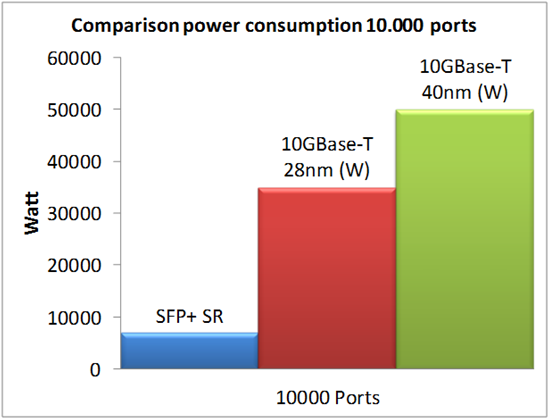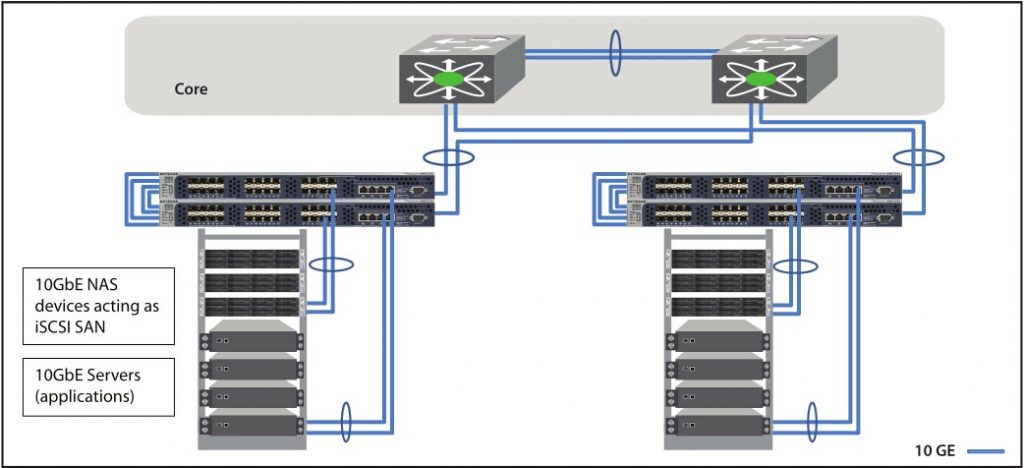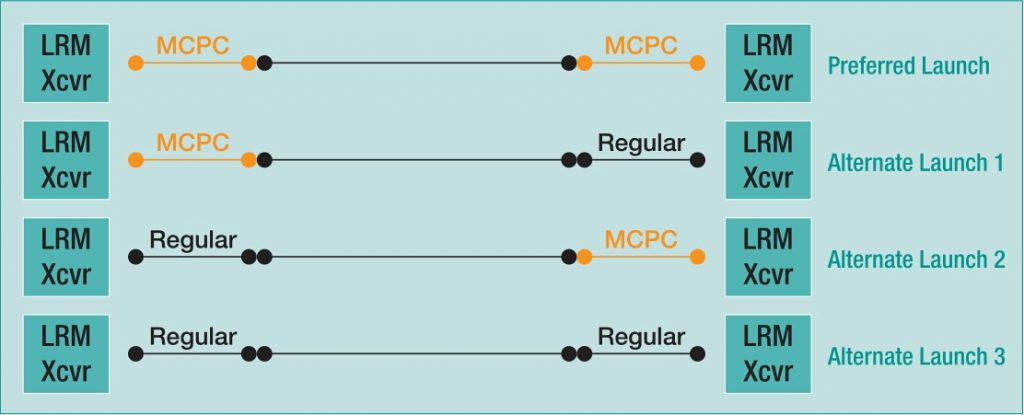UniFi switches has been introduced into the market by Ubiquiti (The other kind is Ubiquiti EdgeSwitch). The UniFi switch provides fibre connectivity options for easy expansion of your networks. This article will introduce the main features of UniFi switches, supportable SFP and SFP+, and easy tips for building network with UniFi switch.
UniFi switch delivers high performance to satisfy your growing network. The Ubiquiti UniFi switches include US-24 and US-48. US-24 can support data rates up to 26 Gbps while US-48 can support the network speed up to 70 Gbps of non-blocking throughput. Main features of these two switches are described as below.

Features of US-24 switch:
- 24 Gigabit RJ45 ports
- 2 SFP ports
- 52Gbps switching capacity
- 250W max. power consumption
- Rack mountable
Features of US-48 switch:
- 48 Gigabit RJ45 ports
- 2 SFP+ ports
- 2 SFP ports
- 140Gbps switching capacity
- 56W max. power consumption
- Rack mountable
Except the above two switches, there are some other kinds containing US-8-150 (with 8 Gigabit RJ45 ports and 2 SFP ports) and US-16-150W (with 16 Gigabit RJ45 ports and 2 SFP ports). Both switches are available with different models. You can find the details about these models from the following table.
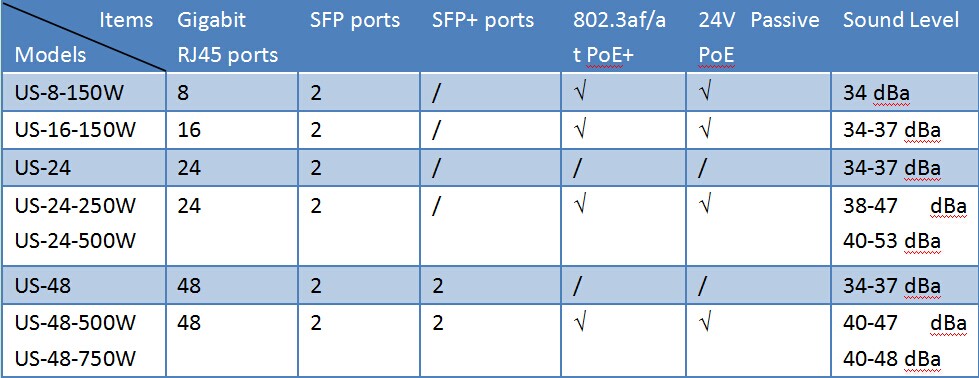
If you are wondering which SFP and SFP+ are suitable for UniFi switch, you can get the answer now. You have two choices for getting suitable transceiver modules. Ubiquiti produces single-mode and multimode SFP and SFP+ modules for UniFi switches. UF-MM-1G and UF-MM-1G-S are designed for SFP ports. Three modules such as UF-SM-10G, UF-SM-10G-S, and UF-MM-10G are appropriate for SFP+ ports.
Of course, transceiver modules for UniFi switch are not limited to these original SFP/SFP+. A wide range of third-party transceivers can also work with UniFi switch. The following table will show you some compatible SFPs for Unifi switch from FS.COM.
Fiberstore compatible SFPs for Unifi switch
| ID # | Description |
| 20363 | Cisco GLC-SX-MM-RGD Compatible 1000BASE-SX SFP 850nm 550m DOM Transceiver |
| 11774 | Cisco GLC-SX-MM-RGD Compatible 1000BASE-SX SFP 850nm 550m DOM Transceiver |
| 32140 | HPE J4858C Compatible 1000BASE-SX SFP 850nm 550m DOM Transceiver |
Fiberstore compatible SFP+s for Unifi switch
| ID # | Description |
| 48895 | 1m Brocade 10G-SFPP-TWX-0101 Compatible 10G SFP+ Active Direct Attach Cable |
| 36671 | 1m Brocade 10G-SFPP-TWX-0101 Compatible 10G SFP+ Passive Direct Attach Cable |
| 30849 | 1m Cisco SFP-H10GB-CU1M Compatible 10G SFP+ Passive Direct Attach Copper Twinax Copper Cable |
| 48884 | 1m Cisco SFP-H10GB-ACU1M Compatible 10G SFP+ Active Direct Attach Copper Cable |
To build the UniFi network, you have to prepare installation screwdriver, at least 1U rack, UTP Cat 5 (or above) for indoor applications and STP Cat5 (or above) for outdoor applications. It’s quite easy.
- First, install the UniFi switch on the rack with four mounting screws. Then plug one end of the power cord into the power port of the UniFi switch and the other end into the power outlet.
- Second, connect Ethernet cables from your devices to RJ45 ports of UniFi switch.
- Third, plug an SFP transceiver into the SFP port if you need to use it. After that, connect the SFP module with a fibre patch lead.
UniFi switches are very commonly used for network connection. To build the network, you don’t need to spend much time on searching cables or modules from the internet. FS.COM offers fibre patch leads and Ethernet cables for your connection. We also provide some compatible SFPs and SFP+s definitely compatible for UniFi switch. Every module has been strictly tested to make sure high quality. Just come to our site and you must get 100% compatible SFP or SFP+s for your UniFi switch.
Related FS.COM News: FS.COM Offered 100% Compatible Optics for Ubiquiti Platform

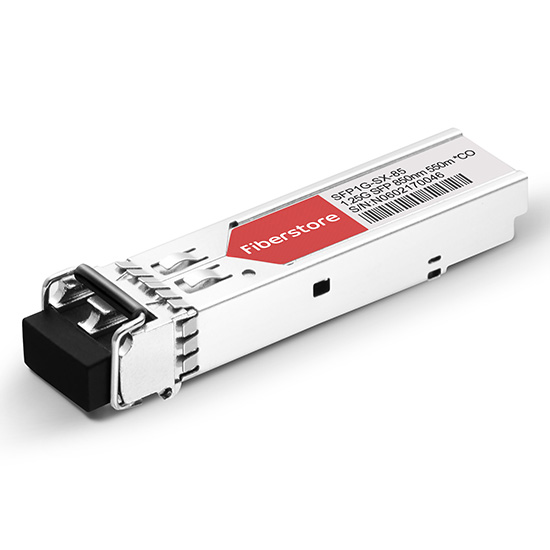




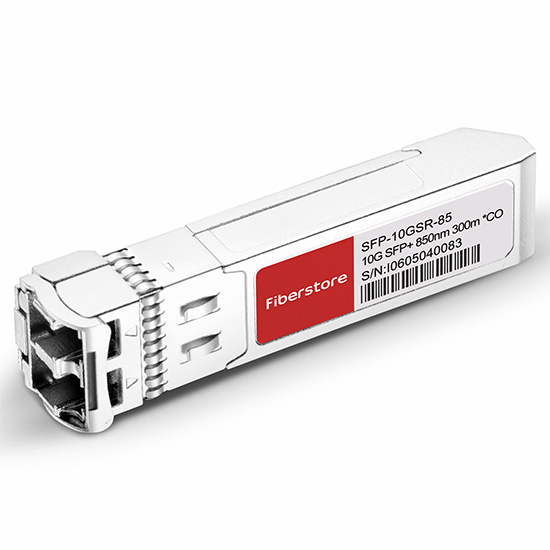
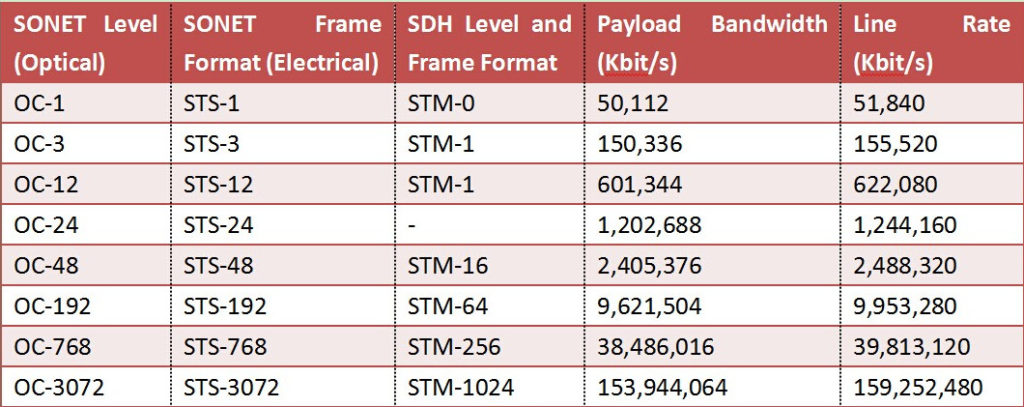

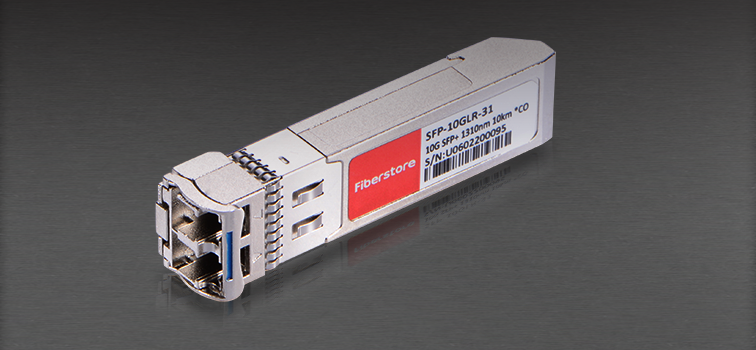
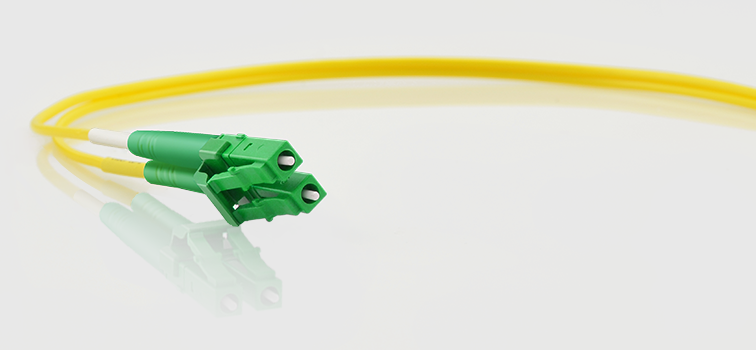
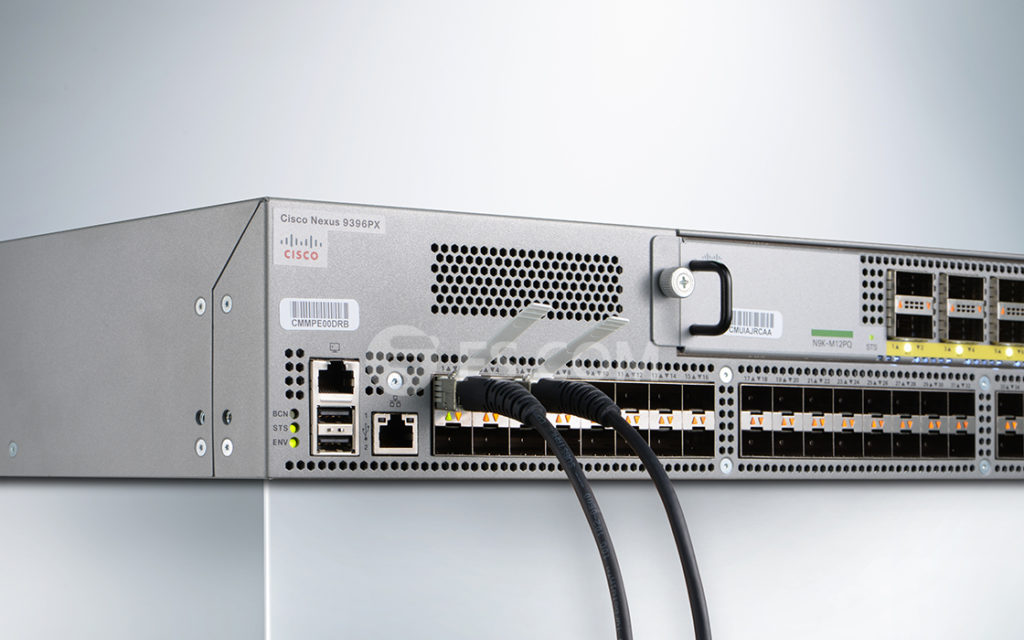
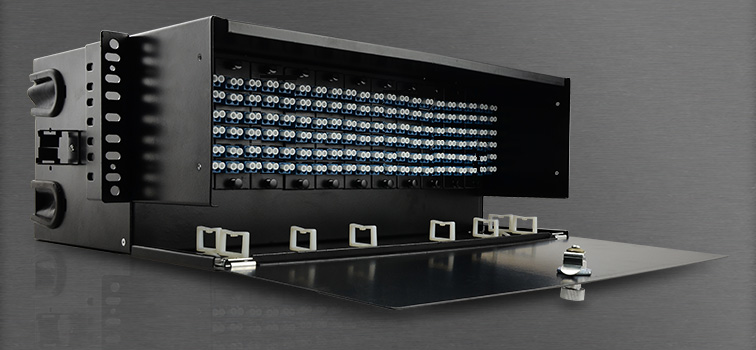
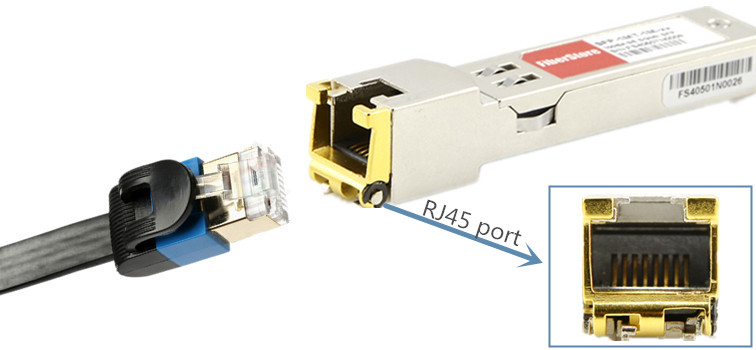
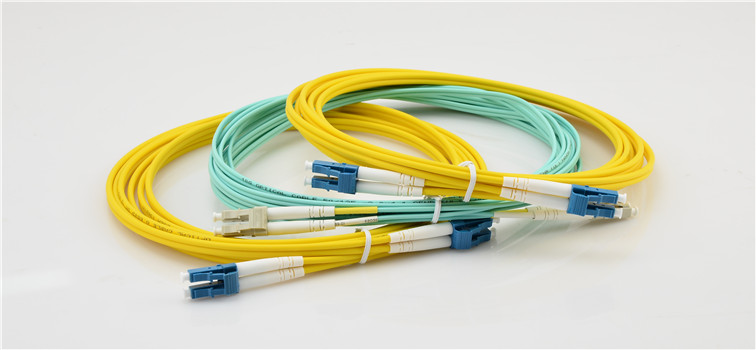 should also consider that the transmission data rate can also affect the transmission distance. Let’s look at the following point.
should also consider that the transmission data rate can also affect the transmission distance. Let’s look at the following point.